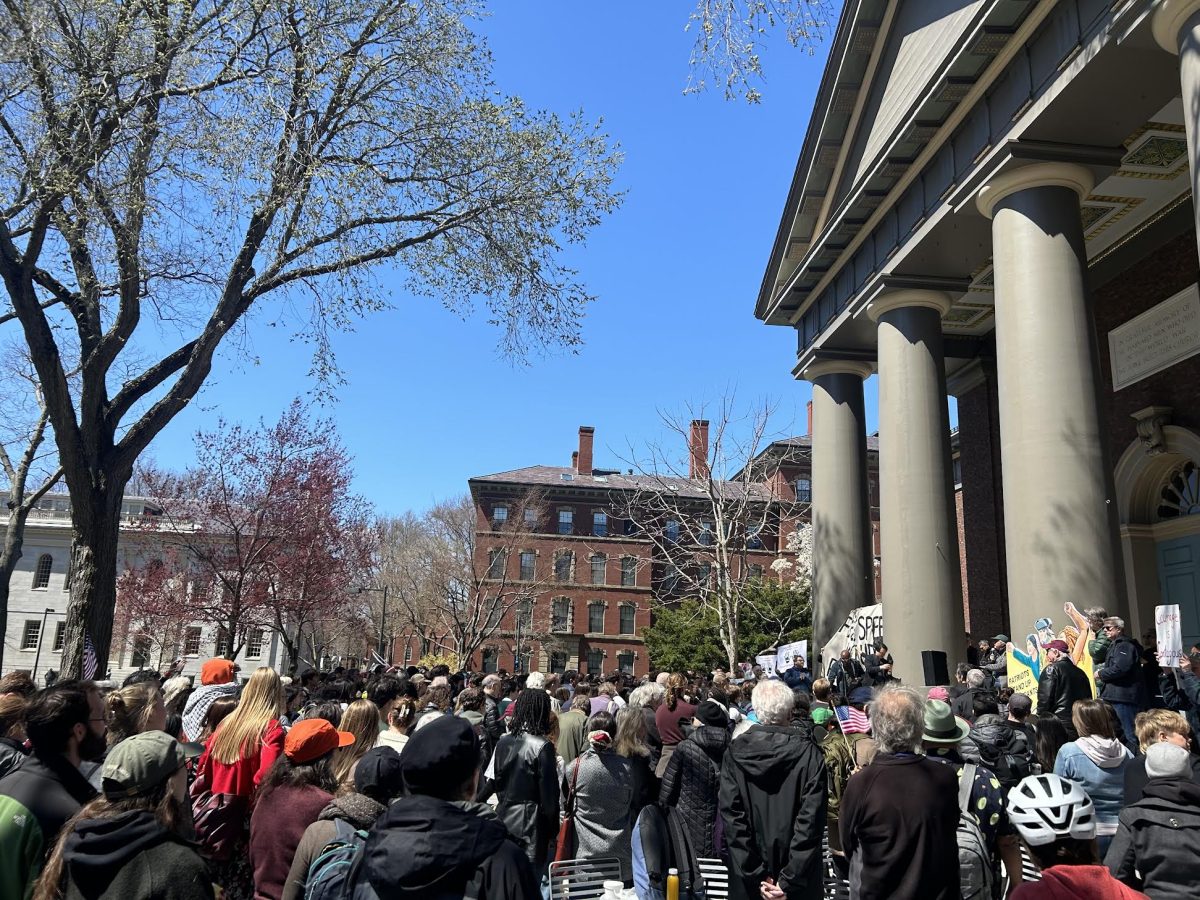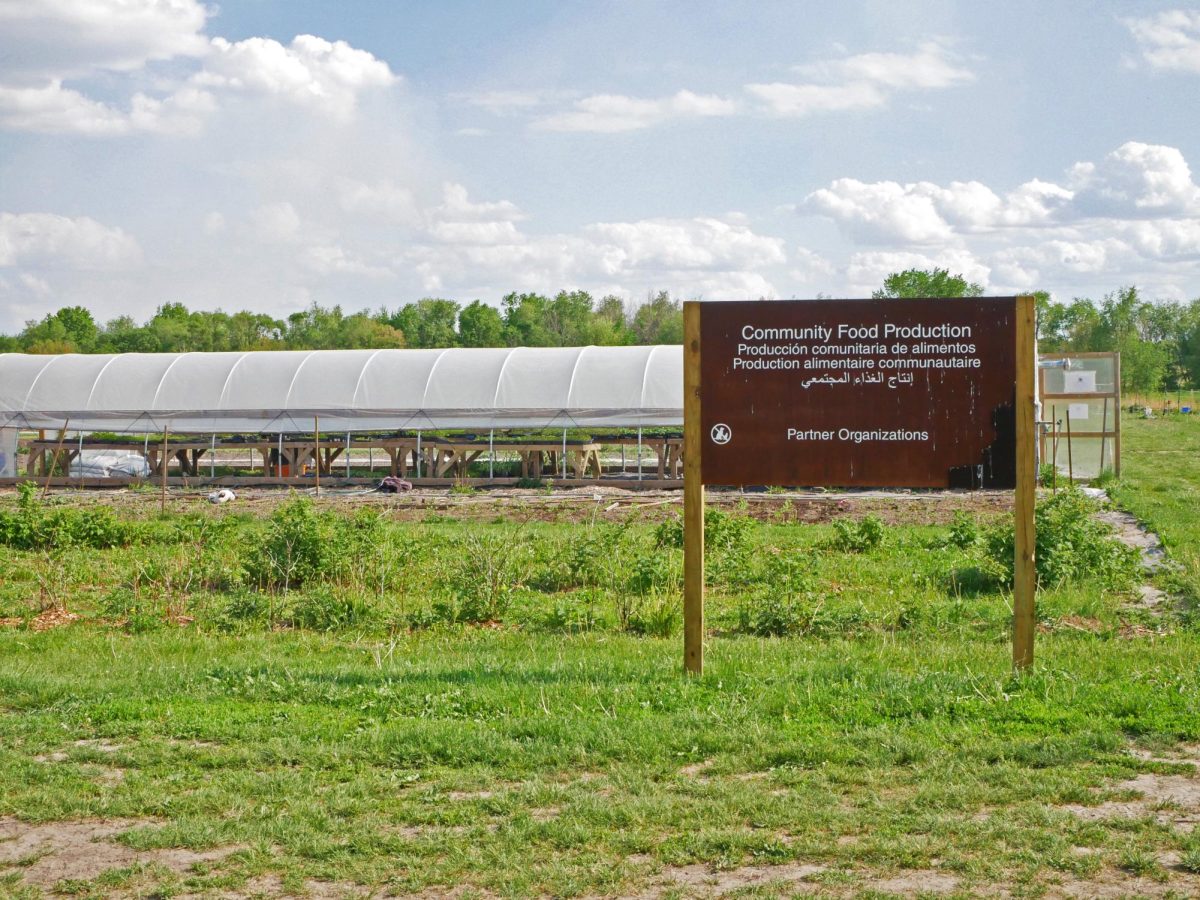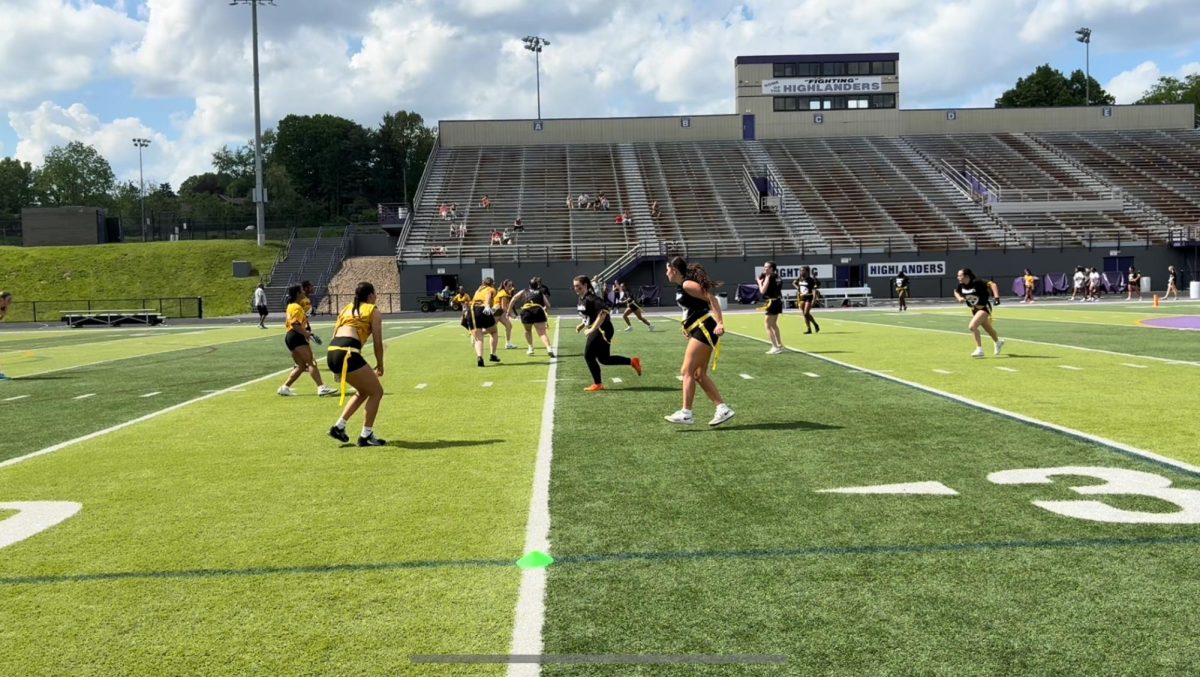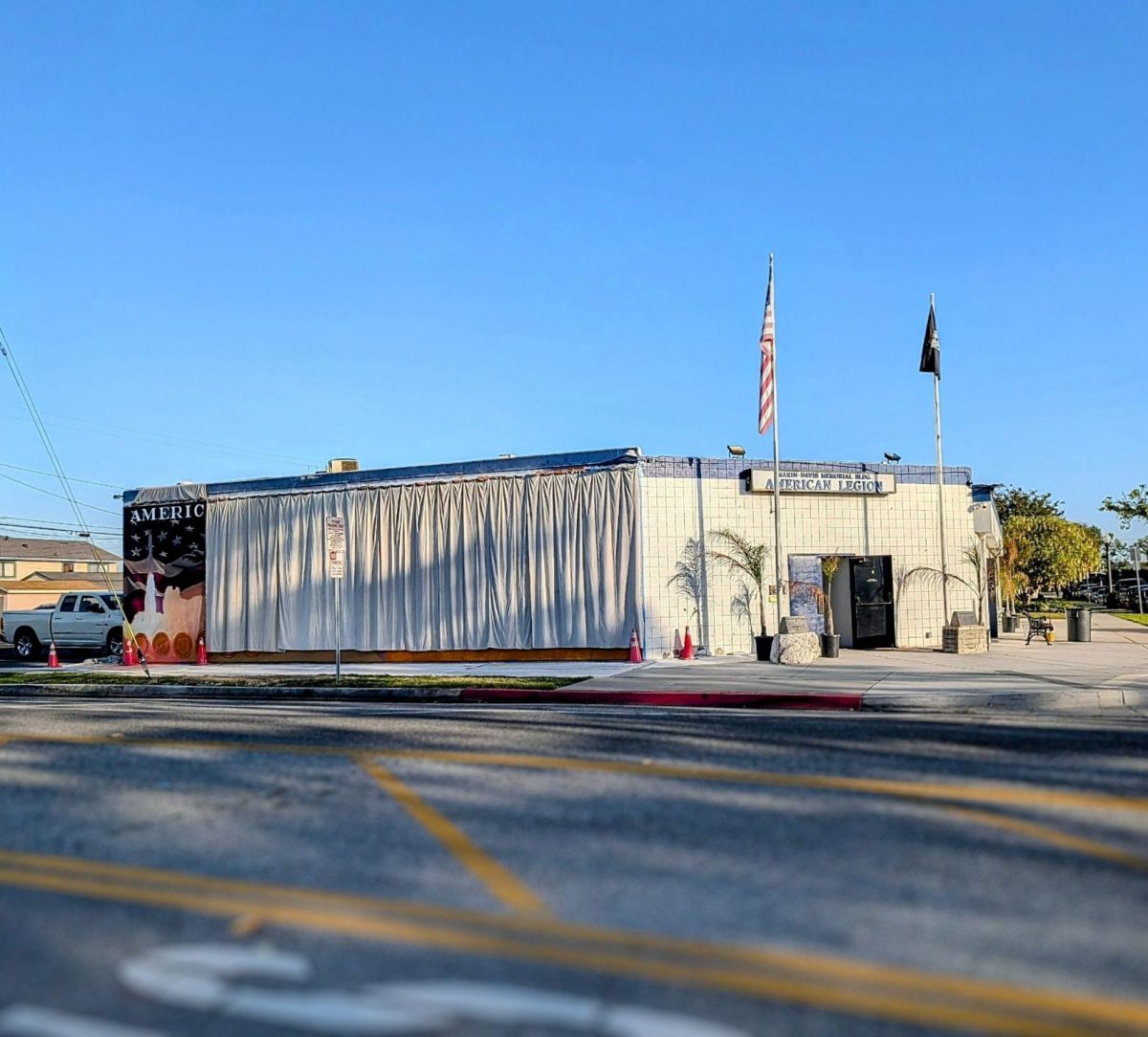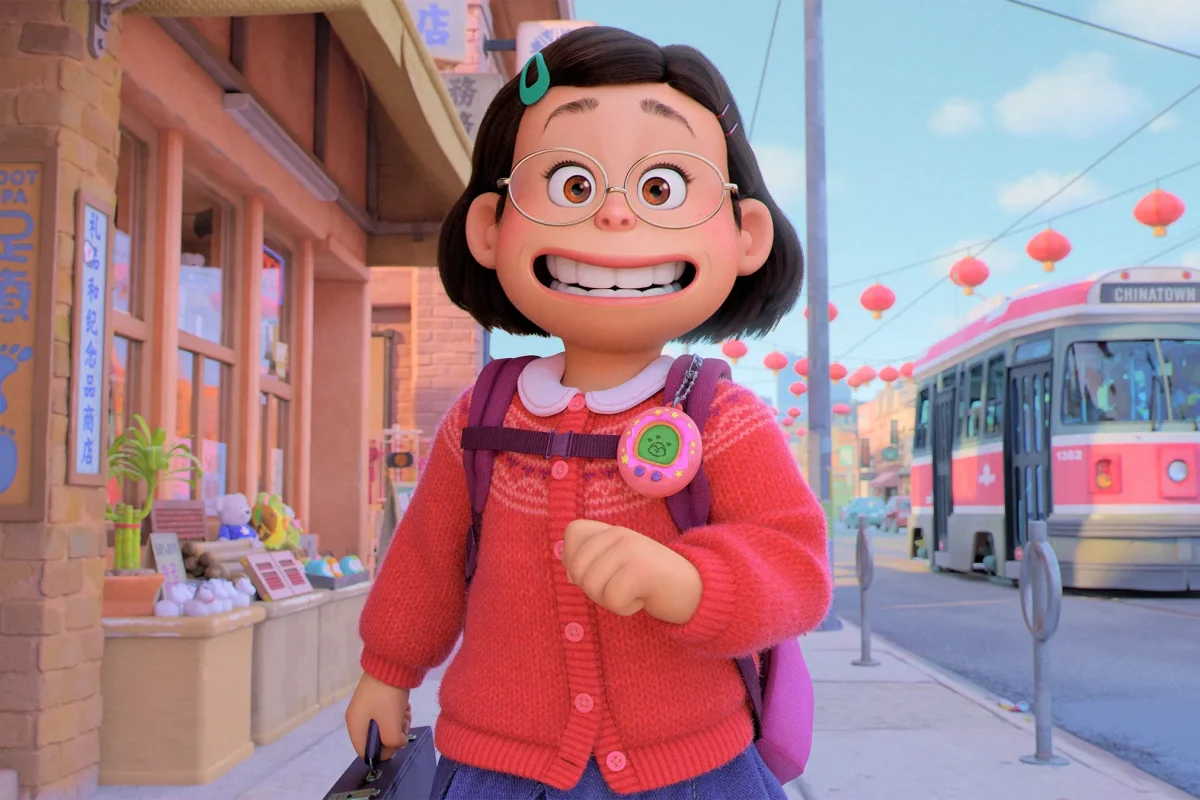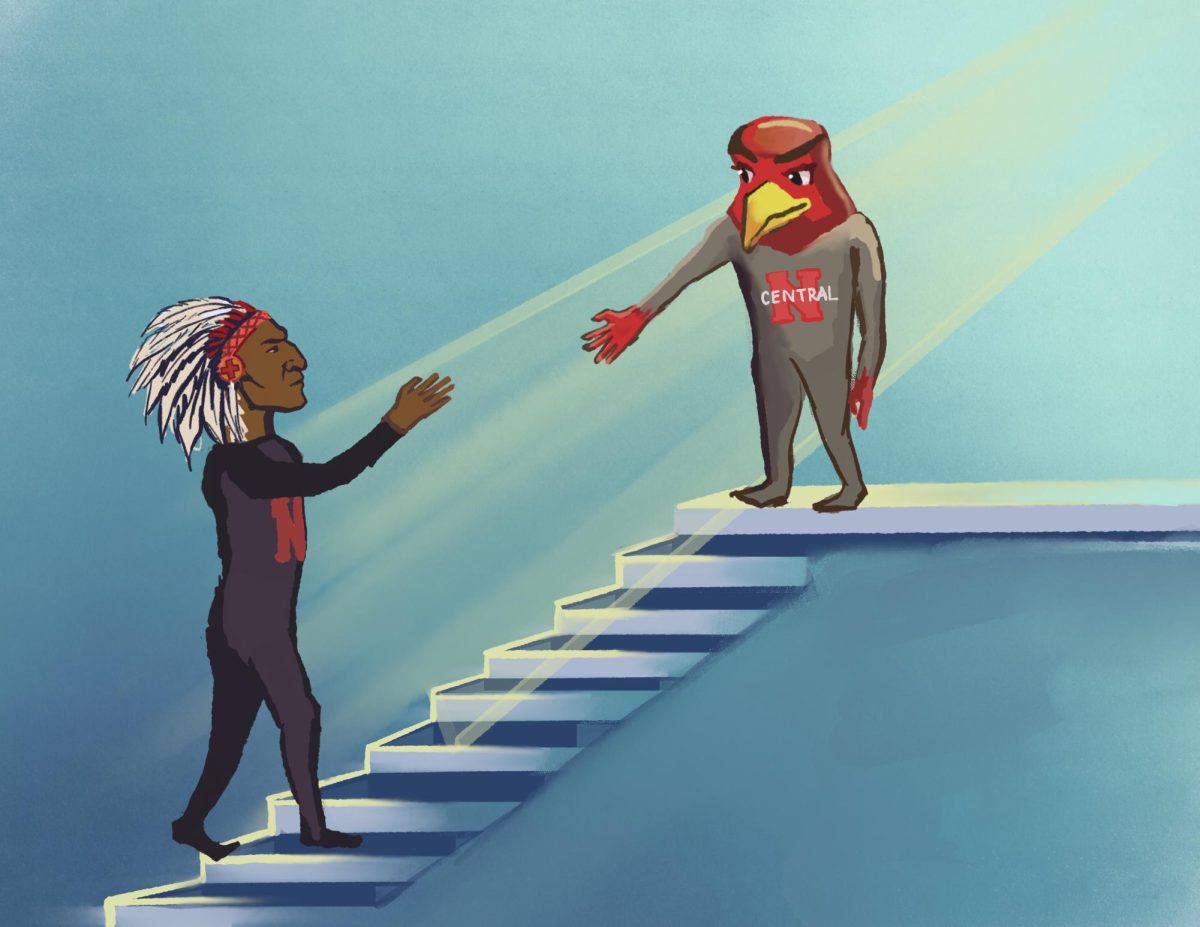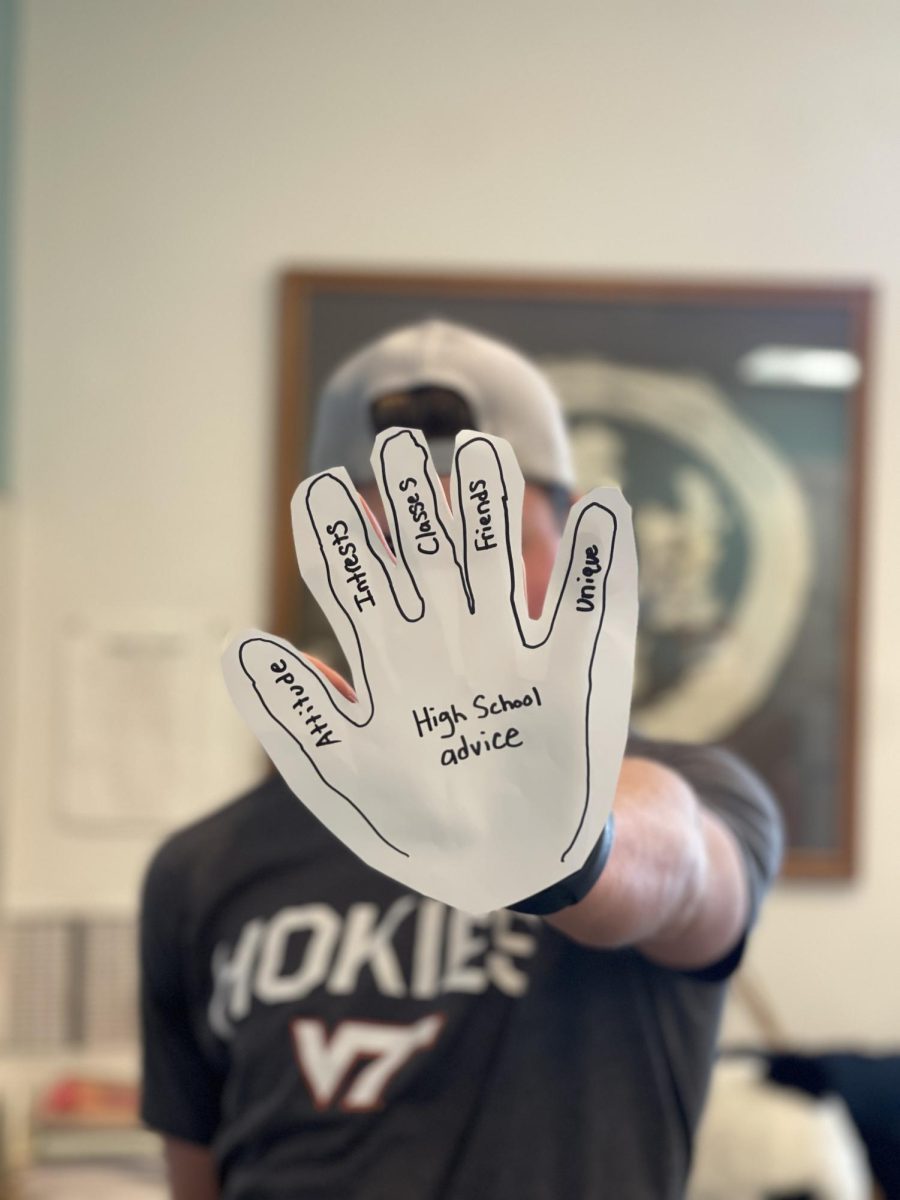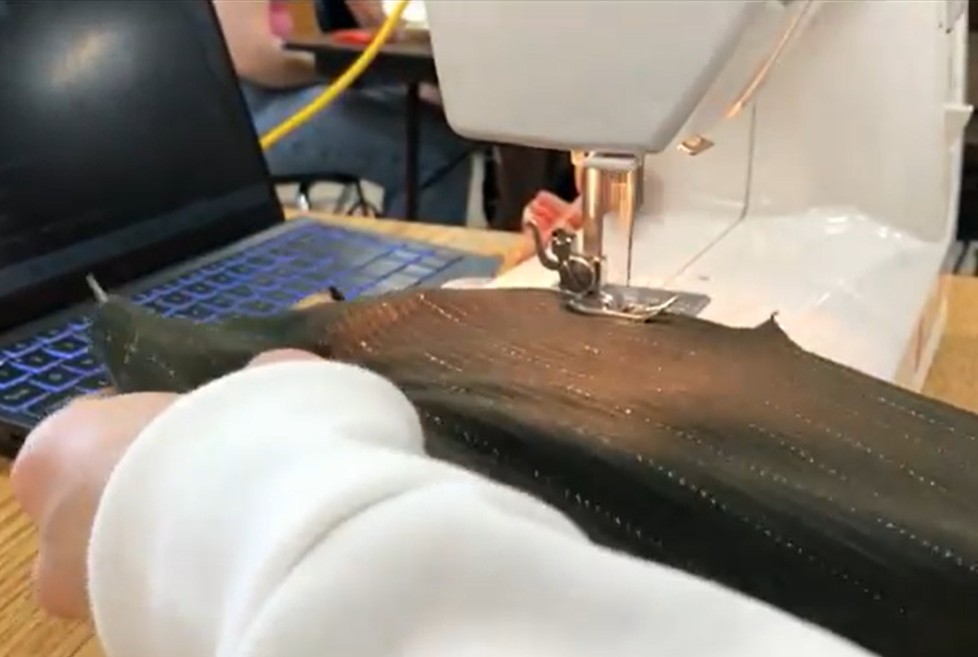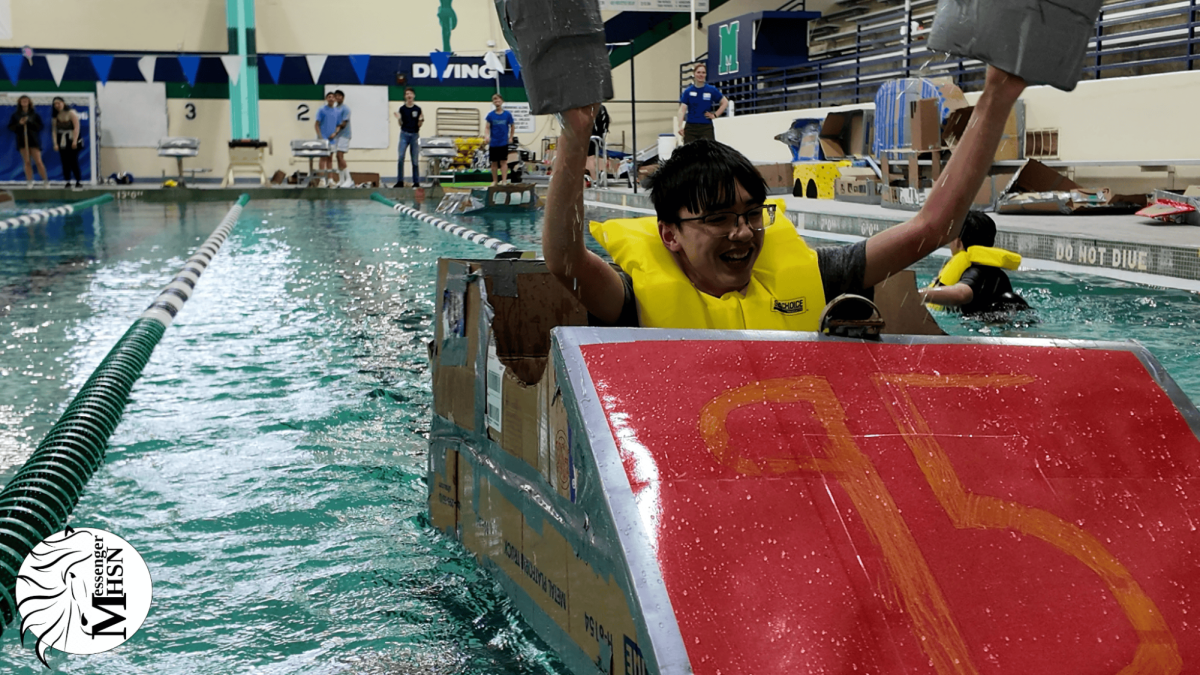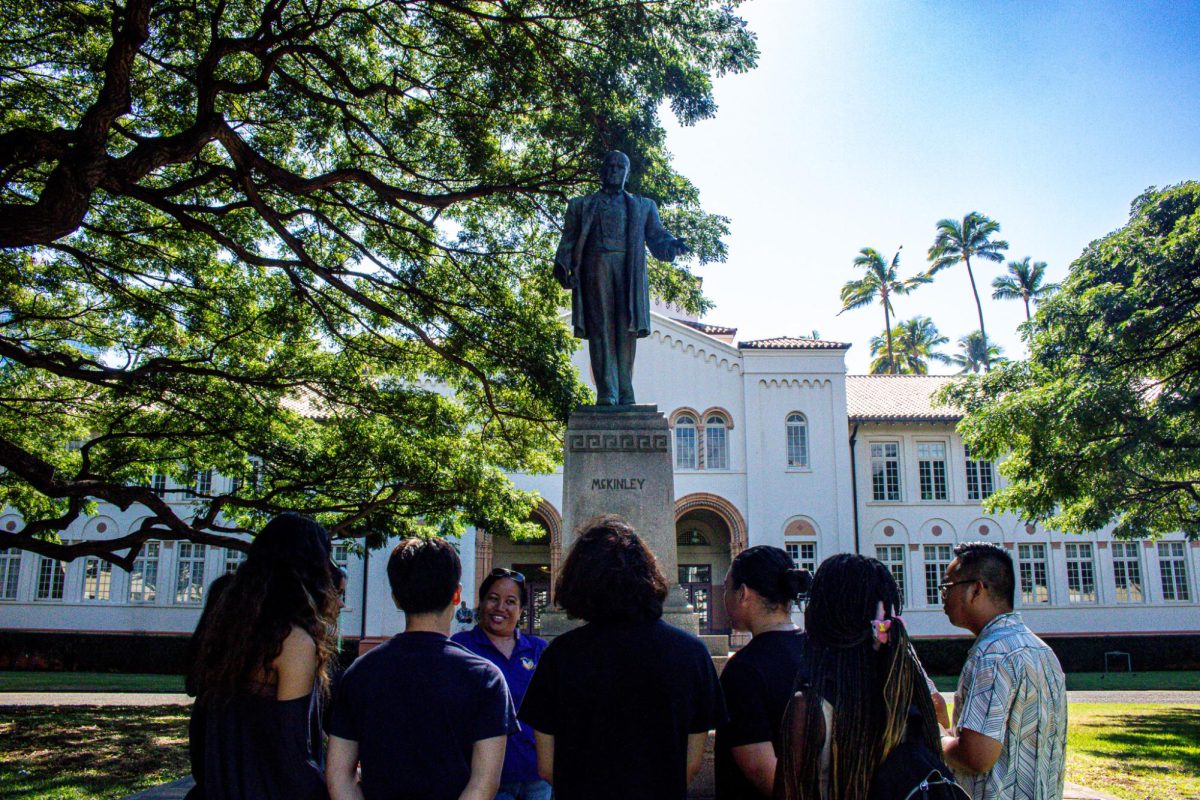Beneath the statue of President William McKinley at McKinley High School, a new plaque offers a revised account of Hawaii’s annexation.
Proposed by the Association of Hawaiian Civic Clubs, the plaque aims to correct a long-misunderstood narrative. It clarifies that Hawaii was not annexed through a treaty, as required by the Constitution, but through a joint resolution of Congress known as the Newlands Resolution.
Installed at the school’s oval, the plaque challenges the common belief that Hawaii was annexed by treaty. Members of Na Pua Onaona o Kewalo, the school’s Hawaiian Club, say the plaque is meant to educate the campus community and provide a more complete understanding of history.
Native Hawaiian cultural historian Pualeilani Kamahoahoa, a member of the AHCC who advocated for the plaque, believes it plays a crucial role in setting the record straight. She sees it as a tool for education and reflection—a step toward acknowledging what she describes as a “painful history.”
“If you cannot breathe life into somebody, they will never exude life,” Kamahoahoa said. “This plaque breathes life into a truth that has been silenced for too long.”
Located in the urban core of Honolulu, McKinley High School has long carried the symbolic weight of Hawaii’s contested history. Founded in 1865 as Fort Street English Day School, it was later renamed for President William McKinley, who supported the U.S. takeover of the islands. In 1911, a seven-foot bronze statue of the 25th president was installed at the campus center, holding a document in his right hand representing the treaty of annexation.
“Hawaii was not annexed by the United States,” Kamahoahoa said. “Our Queen was imprisoned, held at gunpoint by 162 U.S. Marines. There is no treaty of annexation—what occurred was the illegal overthrow of the Hawaiian Kingdom.”
After the 1893 overthrow, significant changes occurred in the cultural, political and economic landscape of Native Hawaiian life. Supported by sugar plantation owners and U.S. military forces, the overthrow led to the dissolution of the monarchy and the formation of a provisional government. Subsequent laws, including the 1895 Land Act and the 1896 ban on Hawaiian language instruction, altered land ownership and political structures, contributing to the marginalization of Native Hawaiians.

For Ikaika Ibara, a member of Na Pua Onaona o Kewalo, McKinley’s statue once stood as a painful reminder of the trauma many Kanakas carry. It honors a figure whose legacy is tied to the overthrow of his people and the erasure of their sovereignty. However, with the installation of the plaque, Ibara says he has begun to see the statue in a new light.
“It now represents the resilience of our people,” Ibara said. “The plaque acknowledges not just the injustice, but the strength Native Hawaiians have shown throughout history.”
“The past can’t be changed, but it’s important to see it for what it truly is,” Ibara added.
Over the years, several resolutions have been introduced in the state legislature to rename the school, citing McKinley’s role in the annexation. However, all have failed due to strong opposition from alumni.
Kumu (teacher) Kua’anaai Lewis, co-adviser of Na Pua Onaona o Kewalo, believes that understanding the truth is essential for future generations to learn about the events that shaped Hawaii’s history. He views the plaque as a crucial step in that education.
“The decision to rename the school isn’t for me to make,” Lewis said. “As a Hawaiian, I don’t walk by the statue with hatred. I look at it and think, that’s history—what can we learn from it?”
Kamahoahoa acknowledges the pain caused by the statue’s history but finds solace in the truth now being told. She said she sees the plaque as a way to gain a fuller understanding of the past and believes the focus should be on education and reflection.
“We’re not here to tell people what to think; we’re here to tell the truth,” Kamahoahoa said. “That truth will set you free.”
This story was originally published on The Pinion on May 15, 2025.




